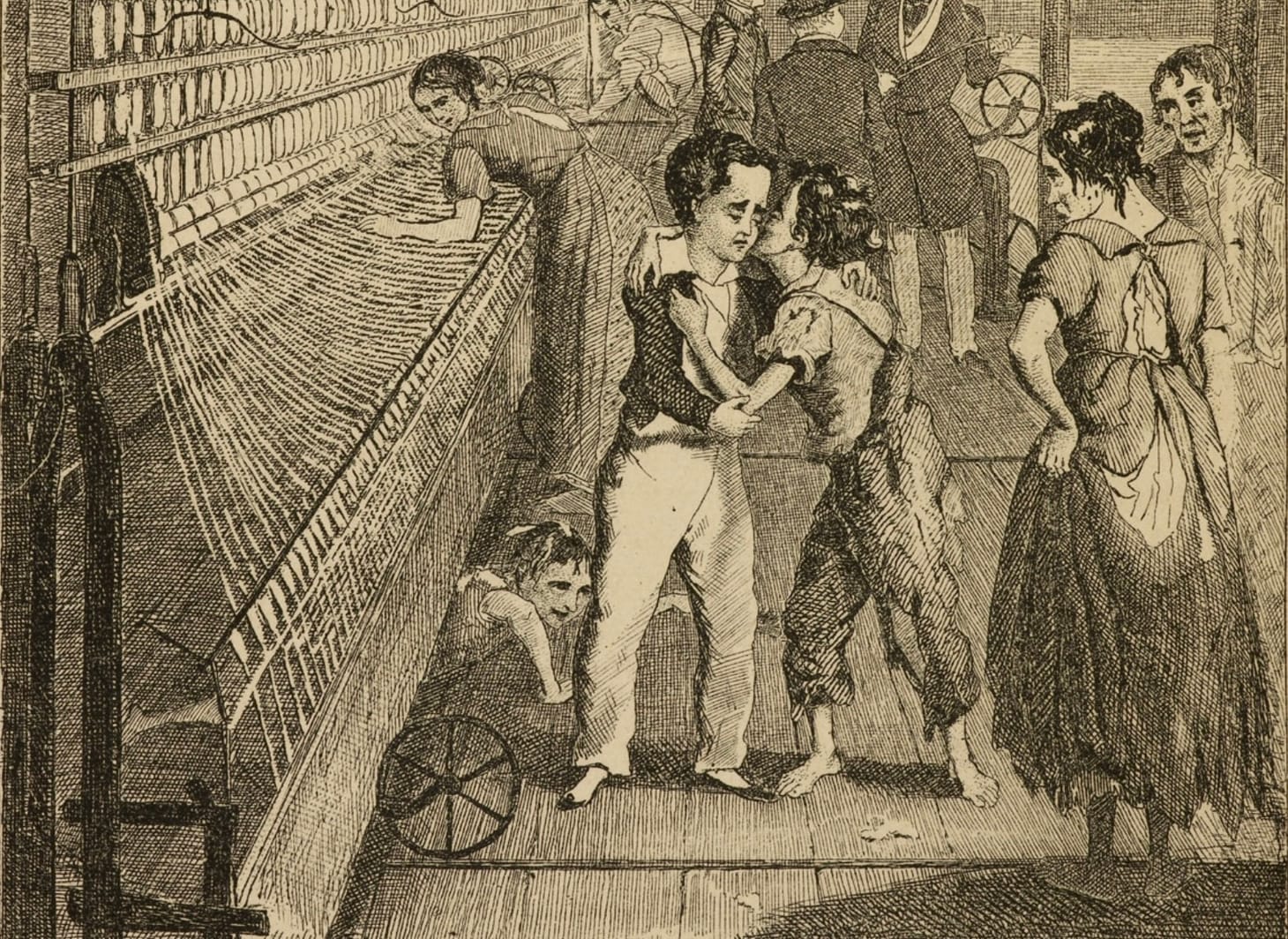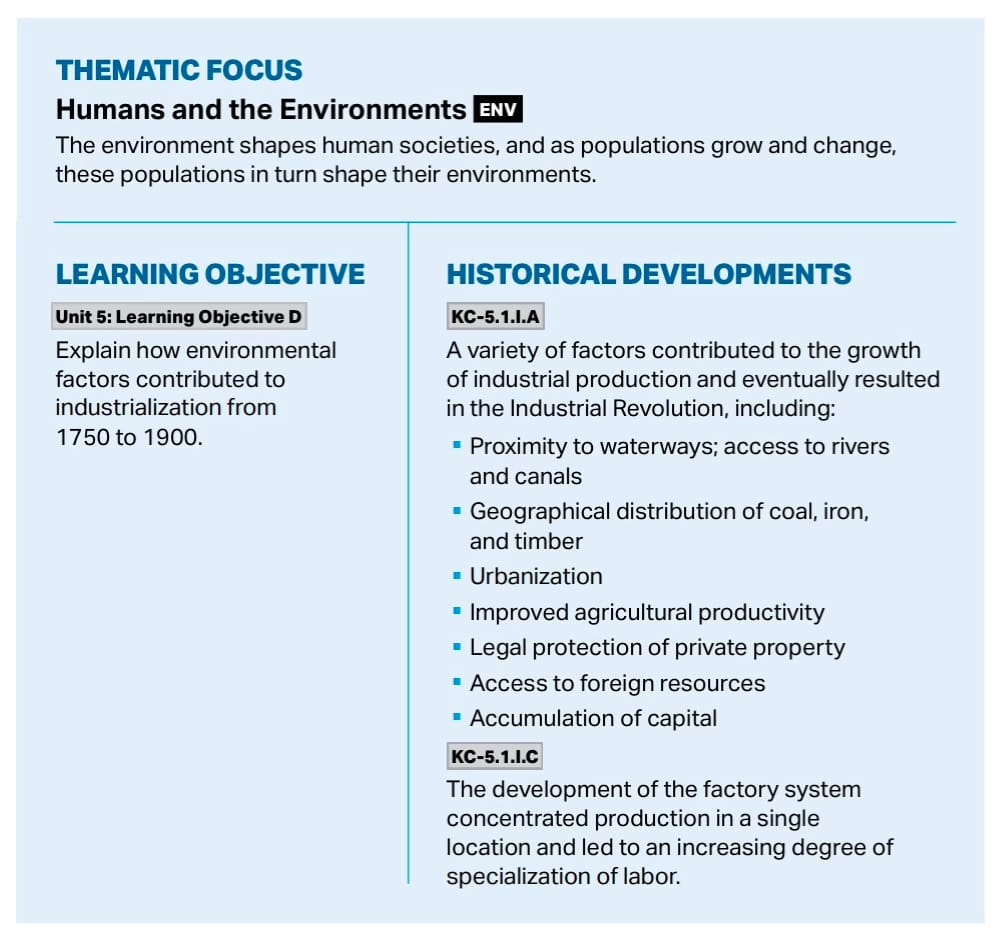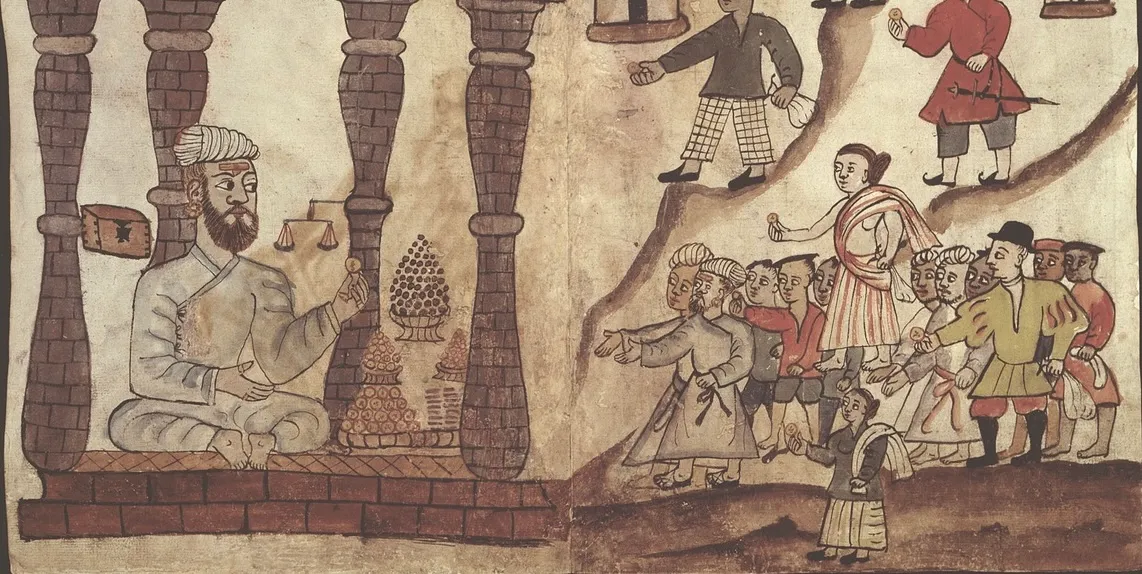“Great Number of Hands Congregated Together”: Teaching the Origins of the Factory System
Discussion of using primary sources to teach the consequences of the factory system


It’s impossible to underestimate the extent to which factories and mass production have shaped our lives. The clothes we wear. The food we eat. The devices we use to read this post. The device I used to write this post! When teaching industrialization, I like having students wrestle with its different effects by reading and analyzing primary sources. I avoid using “pros and cons.” I let students decide for themselves if the effects of “positive” or “negative,” although I don’t use those terms.
The Source
This Content is for Subscribers on the Buy Me Lunch and Buy Me Dinner tiers
SubscribeAlready have an account? Log in



